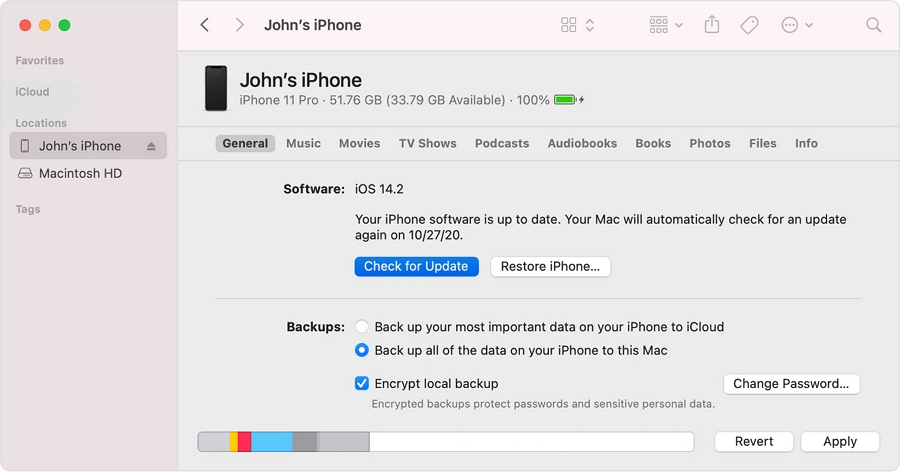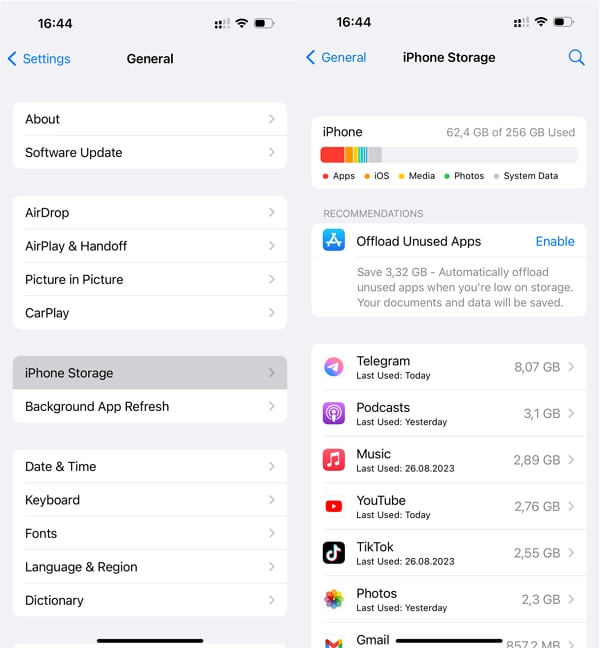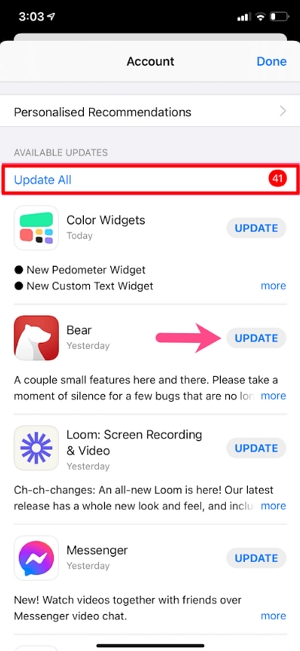Hot Topics
 by Maggie Mueller
Updated On Oct 11, 2024
Published On Oct 11, 2024
Basic iPhone Tips Ideal for Newbies
by Maggie Mueller
Updated On Oct 11, 2024
Published On Oct 11, 2024
Basic iPhone Tips Ideal for Newbies
Your iPhone is designed to work perfectly for at least 4-5 years. However, sometimes, for reasons not immediately apparent, the device may suddenly stop working. Many users have reported frustrating situations where the iPhone just dies, and nothing they try seems to revive the device.
If your iPhone is dead and you're unsure what to do, you've come to the right place. This article will explore some reasons why your device may no longer be working and what you can do to fix it.
There are several reasons why your iPhone may not turn on. The following are some of the most common:
Note: If your iPhone has suffered liquid damage, it may require different solutions than the ones we'll discuss here. You should also avoid plugging in or attempting to turn the device on. Instead, try to remove moisture from the device while minimizing movement to prevent further liquid damage.
If you are certain that liquid damage is not the cause of the problem, try the following solutions:
If there is nothing on the screen and none of the buttons seem to respond, the battery might be drained. The first solution is to charge the device. Use an MFi-certified charging cable to connect the iPhone to a charger, and let it charge for at least 30 minutes without interruption.
If you connect the device to the charger and there's no indication that it is charging, check the cable for damage or try a different charging cable. Also, ensure that the charging port is clean and free of dirt or dust that may hinder the charging process.

If the device is charging or has fully charged, but the screen remains dead, the issue may be caused by a crashed software or system bug. In this case, a force restart might solve the problem. Here's how to hard reset your iPhone, depending on your model:
iPhone 6s and earlier models:

iPhone 7 and 7 Plus:

iPhone 8 and newer models:

Connecting your iPhone to a computer can help update or restore the device, potentially resolving software issues. It's also a way to determine if your iPhone is completely dead or if there is an underlying issue.
If your computer recognizes the device when connected via a USB cable, the iPhone isn't dead. There is likely a software or hardware issue that needs to be addressed before you can continue using the device.
Once connected, open iTunes or Finder on your computer. If it detects the device, click on it and choose "Summary > Back up Now" to save your data. If you see an "Check for Update " option in iTunes or Finder, click it to install the latest iOS version, which may resolve the problem.
If your computer doesn't recognize the device, there may be a more severe software or hardware issue.

If iTunes can't detect your iPhone, you can try using TinyFix, a powerful iOS system recovery tool. TinyFix boasts a 99% success rate for repairing common iOS issues and doesn't cause data loss.
It is also compatible with all versions of iOS and all iPhone models and it is so easy to use, that you just need a few simple steps to revive the dead iPhone. Before we explain the steps, here are some key features:
Follow these steps to use TinyFix to fix a dead iPhone:
Step 1. Download and install TinyFix onto your computer.
Step 2. Open TinyFix on your computer and select "iOS System Repair" > "Standard Mode" from the main window.

Step 3. Connect your iPhone to the computer, and TinyFix will detect the latest firmware for the device. Click "Download" to begin downloading the firmware.

Step 4. Once the download is complete, click "Start," and TinyFix will repair the device.

Your iPhone will restart once the repair is complete.

Another good way to fix a dead iPhone especially if your computer is unable to recognize it is to restore it in DFU mode. DFU (Device Firmware Update) mode allows the device to communicate with the computer without loading iOS and is helpful for unresponsive or dead iPhones. It can also be used for jailbreaking, reversing a jailbreak, or downgrading iOS.
Here's how to enter DFU mode (it may take a few tries to get it right):
iPhone 8 and newer models:
iPhone 7 and 7 Plus:
iPhone 6s or earlier:
When the device is in DFU mode, iTunes will notify you that the device is in recovery mode. Click "OK" to proceed. Then click "Restore iPhone" > "Restore and Update" to restore your dead iPhone in DFU mode.
If you see the Apple logo or the "Recovery mode " screen, repeat the steps.

If your dead iPhone overheats due to heavy app usage or too many open tabs, it can cause problems. Close any resource-heavy apps and tabs after your iPhone restarts, and let the iPhone cool down.
High temperatures can affect various components, so it's essential to let the device rest for 15-30 minutes if it's hot to the touch. You can also enable Airplane Mode and Low Power Mode until the device cools down.

Once you regain access to your iPhone, consider freeing up storage space. Insufficient storage can slow down your device and contribute to performance issues.
To clear up storage space on your iPhone:

Outdated apps can cause the iPhone to become unresponsive. Ensure that all your apps are updated regularly. To update your Apps on iPhone:
If a specific app is causing issues, try deleting and reinstalling it.

If none of the solutions above have solved the problem or you find that the iPhone keeps crashing, it is time to contact Apple Support for additional assistance. Apple will be able to detect any hardware issues that could be causing the problem and offer solutions that can help. This is the best solution for you if your device has suffered liquid damage. If it is under warranty or you have AppleCare+, the repair may not cost you anything.
